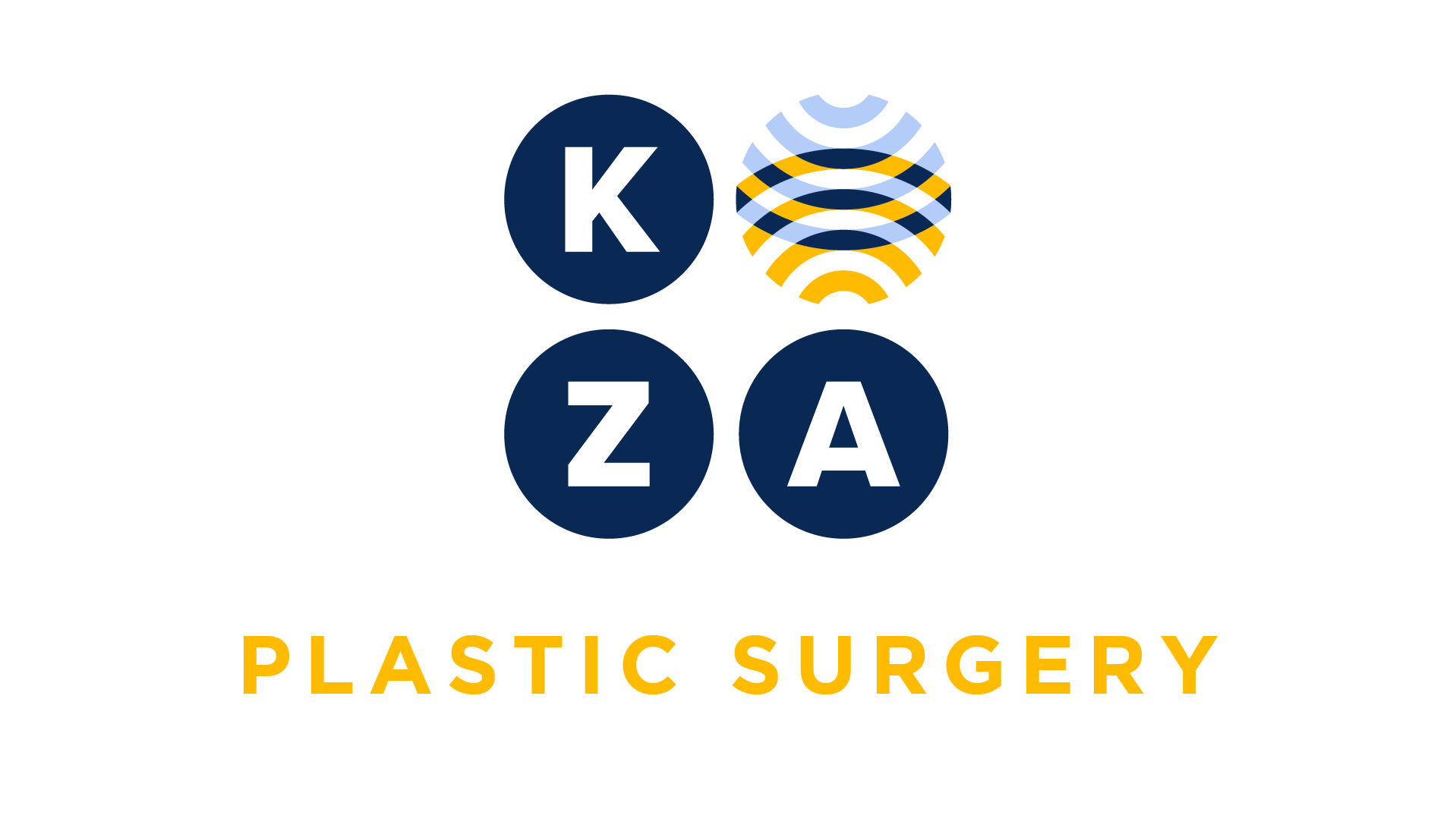
Choose your specialty from the list below to see how our experts have tackled a wide range of client questions.
Looking for something specific? Utilize our search feature by typing in a key word!
Wound Debridement
What CPT code would you use for a wound debridement when the operative notes says the wound will heal by secondary intention. Do you use a repair code?
Question:
What CPT code would you use for a wound debridement when the operative notes says the wound will heal by secondary intention. Do you use a repair code?
Answer:
You would report a wound debridement code 1104X. The code selected would depend on anatomic location and total sq cm. You would not report a repair code. Secondary intention healing is when a wound is left open. No sutures or other materials are used to close the wound. Dressings are applied instead in order to protect the wound from contamination.
Adjacent Tissue Transfer
How should my physician document an adjacent tissue transfer? My physician documents the total in sq cm for the entire repair.
Question:
How should my physician document an adjacent tissue transfer? My physician documents the total in sq cm for the entire repair.
Answer:
The primary and secondary defect dimensions are required. The primary defect is the excision site and the secondary defect results from the flap design to perform the reconstruction. So documentation in the operative report must include:
- Primary defect-sq cm
- Secondary defect sq cm
- Primary defect sq + secondary defect sq cm=CPT code
Forehead Flap
Our plastic surgeon routinely does repairs after Mohs surgery. What CPT code do I report for a paramedian forehead flap to reconstruct a nasal defect after Mohs surgery.
Question:
Our plastic surgeon routinely does repairs after Mohs surgery. What CPT code do I report for a paramedian forehead flap to reconstruct a nasal defect after Mohs surgery.
Answer:
The correct code to report is CPT code 15731 (Forehead flap with preservation of vascular pedicle (e.g., axial pattern flap, paramedian forehead flap).
What does “Separate Procedure“ Mean in a CPT Code Description?
What does “separate procedure” mean when it follows a CPT code description?
Question:
What does “separate procedure” mean when it follows a CPT code description?
Answer:
Per CPT:Some of the procedures or services listed in the CPT codebook that are commonly carried out as an integral component of a total service or procedure have been identified by the inclusion of the term “separate procedure.” The codes designated as “separate procedure” should not be reported in addition to the code for the total procedure or service of which it is considered an integral component.
However, when a procedure or service that is designated as a “separate procedure” is carried out independently or considered to be unrelated or distinct from other procedures, report the code in addition to other procedures/services by appending modifier 59 to the specific “separate procedure” code. This indicates that the procedure is not considered to be a component of another procedure, but is a distinct, independent procedure. This may represent a different session, different procedure or surgery, different site or organ system, separate incision/excision, separate lesion, or separate injury (or area of injury in extensive injuries).
What does this mean in practice?If a code description includes the term “separate procedure”, if that procedure is in the same anatomic area as a more comprehensive procedure (for example, lyse of adhesions followed by a colectomy) only the more comprehensive procedure, the colectomy, is reported.
Secondary Payor Doesn’t Recognize Consultations
We have a patient with 2 commercial payers (BCBS and Cigna). A consultation code was submitted to BCBS, and they paid according to our contract. However, Cigna is refusing to process the claim since they no longer pay for consult codes. Am I allowed to change the CPT code and rebill Cigna? Or would I need to change the CPT, refile to the primary as a corrected claim, then send the balance on to Cigna?
Question:
We have a patient with 2 commercial payers (BCBS and Cigna). A consultation code was submitted to BCBS, and they paid according to our contract. However, Cigna is refusing to process the claim since they no longer pay for consult codes. Am I allowed to change the CPT code and rebill Cigna? Or would I need to change the CPT, refile to the primary as a corrected claim, then send the balance on to Cigna?
Answer:
We suggest calling CIGNA and ask how they want this handled according to their policies. WithMedicareyou have two options: (1) bill the appropriate category and level of service documented (e.g., for outpatient consults [99202-99215] or inpatient consults [99221-99223]) or (2) bill the consultation code, which will result in a denial of payment from Medicare and appeal on paper explaining the situation.
Consultation Coding in 2023
In 2023, will the level of service be determined by history, exam and medical decision making, or will this change? I have heard it is changing.
Question:
In 2023, will the level of service be determined by history, exam and medical decision making, or will this change? I have heard it is changing.
Answer:
Beginning January 1, 2023, consultation codes 99242-99255) for both inpatient and outpatient services will be based on medical decision making or time. However, keep in mind a clinically relevant history and clinical examination should also be documented. Also, consultation codes 99241 and 99251 have been deleted.

